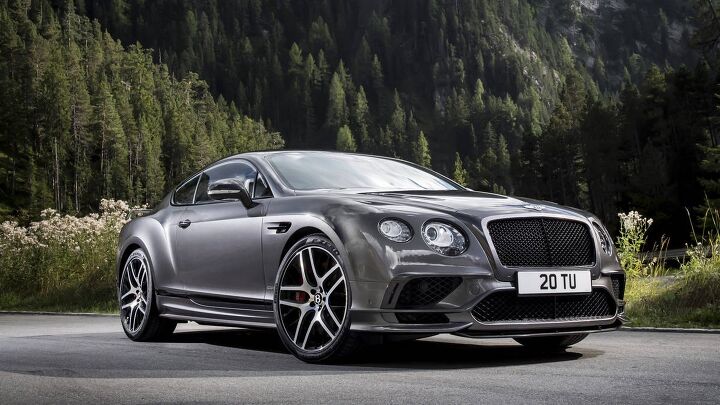#surcharges
Tax the Rich (Person's Car): Luxury Auto Dealers in One Canadian Province Aren't Happy About Their Customers Getting Soaked
After hitting it big with the Fab Four, George Harrison wrote the scathing song Taxman in protest of the British government’s “Super Tax” on high-income earners. At the time, the boys faced a 95 percent tax on their earnings (“There’s one for you, nineteen for me”), and Harrison reportedly did everything he could to offshore his wealth.
Britain’s dismal weather wasn’t the only reason rock musicians fled the country during this period.
In beautiful British Columbia, a mountain- and wine-filled area north of Seattle, the provincial government’s recent budget has some auto dealers steaming mad and worried their customers will hit the road in search of deal. The province’s New Democratic Party government, elected last year, plans to levy a 25 percent tax on the purchase of very high-end vehicles, with lesser models facing a 20-percent markup. However, many dealers wonder where the law of diminishing returns comes into play.













Recent Comments